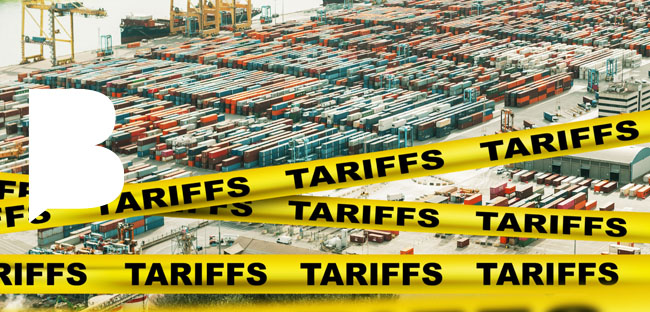Chinese AI startup Zhipu AI has introduced a free AI agent, AutoGLM Rumination, aimed at assisting users with tasks such as web browsing, travel planning, and drafting research reports.
The product was unveiled by CEO Zhang Peng at an event in Beijing, where he highlighted the agent’s use of the company’s proprietary models—GLM-Z1-Air for reasoning and GLM-4-Air-0414 as the foundation.
According to Zhipu, the new GLM-Z1-Air model outperforms DeepSeek’s R1 in both speed and resource efficiency. The launch reflects growing momentum in China’s AI sector, where companies are increasingly focusing on cost-effective solutions to meet rising demand.
AutoGLM Rumination stands out in a competitive landscape by being freely accessible through Zhipu’s official website and mobile app, unlike rival offerings such as Manus’ subscription-only AI agent. The company positions this move as part of a broader strategy to expand access and adoption.
Founded in 2019 as a spinoff from Tsinghua University, Zhipu has developed the GLM model series and claims its GLM4 has surpassed OpenAI’s GPT-4 on several evaluation benchmarks.
In March, Zhipu secured major government-backed investment, including a 300 million yuan (US$41.5 million) contribution from Chengdu.
Would you like to learn more about AI, tech and digital diplomacy? If so, ask our Diplo chatbot!










